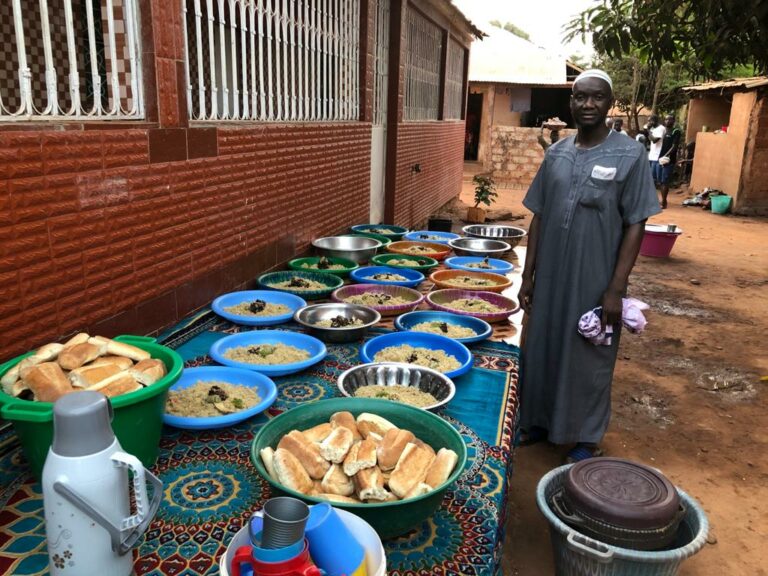Introduction: The Cuisine of Guinea
Guinea, located in West Africa, has a rich culinary tradition consisting of diverse flavors and ingredients. Guinean cuisine is influenced by the country’s geography, history, and cultural diversity. The food in Guinea typically includes ingredients such as rice, vegetables, and a variety of meats and spices. Guinean meals are often prepared using traditional methods and served with communal-style dining.
Rice: The Foundation of Guinean Meals
Rice is a staple in Guinean cuisine and is often served with every meal. It is typically boiled and served plain or flavored with herbs and spices. In many households, rice is also used as a base for sauces and stews. Local varieties of rice, such as NERICA (New Rice for Africa), are commonly used in the country. Rice is essential to the Guinean diet and is a source of carbohydrates for energy.
Vegetables: Essential for Nutrition and Flavor
Vegetables play an essential role in Guinean cuisine, providing both nutrition and flavor to meals. Common vegetables used in Guinean dishes include okra, eggplant, tomatoes, and green leafy vegetables such as spinach and collards. These vegetables are often used to prepare stews and soups or served as a side dish. Vegetables are also used to make sauces and condiments to enhance the flavor of meals.
Protein: The Backbone of Guinean Dishes
Protein is a crucial component of Guinean cuisine, and meat is often used in dishes to provide it. Beef, chicken, and fish are typical sources of protein used in Guinean meals. Lamb is also used in some regions. Meat is often prepared in stews or grilled, and dishes such as Yassa Chicken and Mafé are popular. In some parts of the country, bush meat, such as monkey and antelope, is also consumed.
Spices and Sauces: Elevating Flavors and Aromas
Spices and sauces are the key ingredients in Guinean cuisine that give the food its unique flavor and aroma. Common spices used in Guinean dishes include ginger, garlic, and black pepper. Sauces such as peanut sauce, tomato sauce, and hot pepper sauce are also prevalent and are often used to flavor stews, rice dishes, and grilled meats. The combination of spices and sauces is what makes Guinean cuisine so flavorful and diverse.
Desserts and Beverages: The Sweet End of Guinean Cuisine
Desserts and beverages are an essential part of Guinean cuisine, and they usually consist of sweet treats and refreshing drinks. Sweetened rice pudding and peanut brittle are common desserts in Guinea, while ginger beer and hibiscus tea are popular beverages. Other beverages such as palm wine, made from the sap of palm trees, are also consumed in some areas. Desserts and beverages are enjoyed after meals, and they provide a sweet end to the flavorful journey of Guinean cuisine.
Conclusion
Guinean cuisine is a rich and diverse culinary tradition that has evolved over time with cultural influences from different regions. The staple ingredients in Guinean meals such as rice, vegetables, protein, and spices make it unique and flavorful. Guinean cuisine is not just about food; it is a communal experience that brings people together to share a meal and celebrate life.

